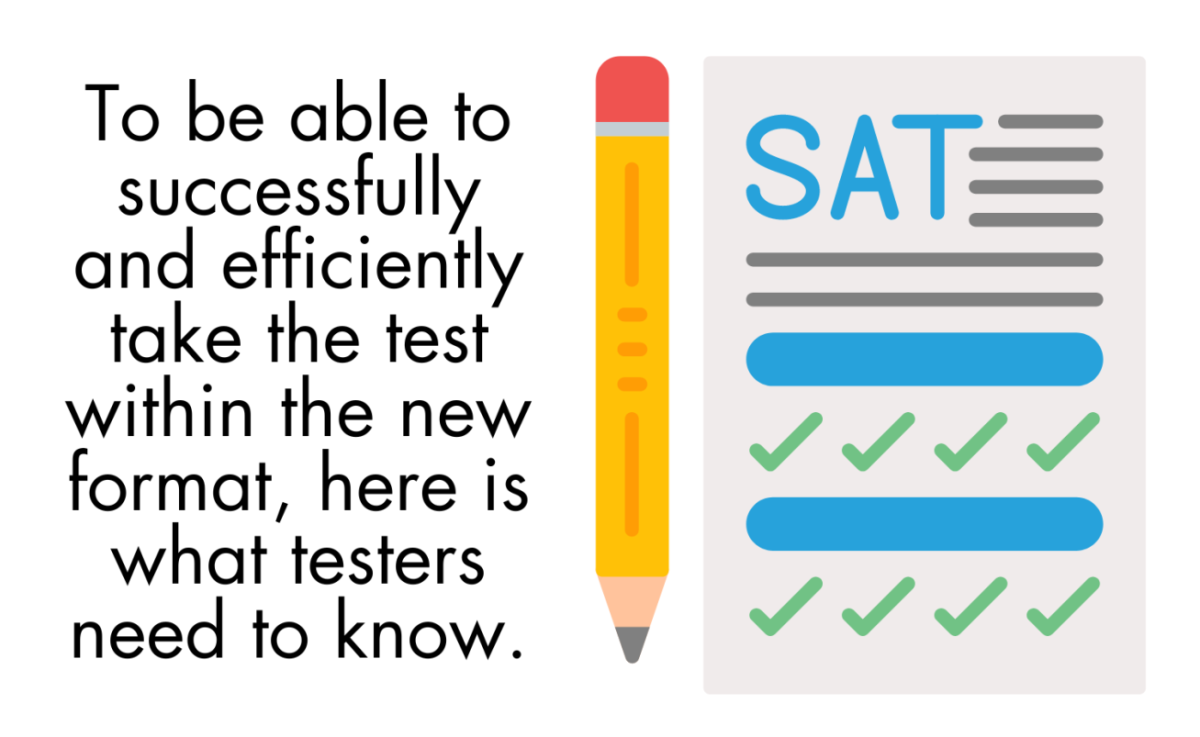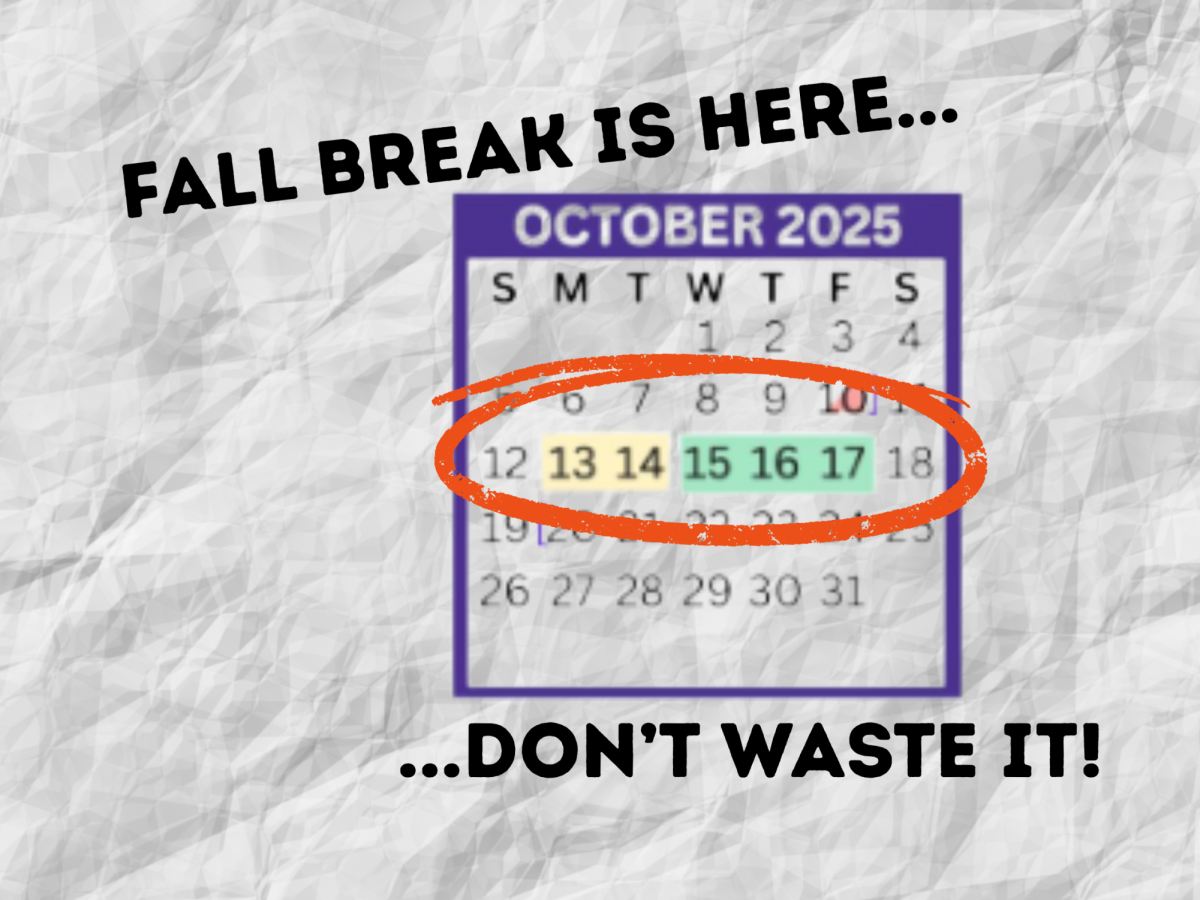Testing has been moving online for a good few years, and the SAT is joining the trend. As a result, some things aren’t going to look the same on the exam anymore, and the rules themselves have changed too. Tomorrow all Wildkat juniors and registered sophomores and freshmen will see the new version of the SAT. To be able to successfully and efficiently take the test within the new format, here is what testers need to know.
Being an online exam, having a computer or access to one becomes a given. What isn’t is a new program everyone has to install onto those devices, Bluebook. It can be downloaded on most devices, and for those who use school-provided devices, it should already be accessible. It is a locked testing browser that supports most formats of College Board exams including some AP tests.
When it comes to logging into Bluebook, testers either need their College Board account login or will be provided a temporary login if they are taking it as a requirement at school while lacking one. Once in, do not start the check-in process until told to do so, which when finished you will have to wait for an access code to be provided by your proctor.
Every tester should also bring some form of valid ID as proctors have to confirm the identity of the tester to prevent someone from taking an exam for another person. If you paid to take the exam, you’ll need to do a test before the exam to receive an image of a “testing ticket” to also prove you are supposed to take the exam. For those taking it at school, it should be provided, or the setup will be done as a group prior.
The test itself looks a bit different from what many remember from paper practices they may have done at home, having multiple tools and new possibilities open now. One example is a built-in graphing calculator for the math section that can do basic math, graphing equations. It also has a button where testers can access most calculator functions such as sin, tan and cos.
When it comes to the English portion and the general test, some new features and design choices can be seen. One such example is a tool that allows you to cross off answers, greying them out and leaving them unable to be picked by accident. Other tools are the option to mark a question for review, so when you finish a section it will tell you the exact question you were concerned about. Along with this primary parts of questions or passages are now underlined or bolded, and an accessibility tool for those who requested it can read off text at adjustable paces and portions. You will need some form of headphones that can be plugged in if you are using that tool.
One of the last major changes completely adjusts how taking the SAT is, and the outcomes of it. Each section, English and math, is separated into two parts. Between each section is not only a break timer, that allows you to take it on your own time rather than wait on other testers, but the second half of a section has questions based on your previous answers.
An example is you struggled on specifically geometry questions in part one of math, meaning the next section will have little to no geometry questions. If you are great at grammar and bad at text analysis, the second half of English will be designed to suit that. This allows the test to focus on what a tester does know, and reward them for their specific skill set. It will still be accessible for those reviewing the exam and possibly the tester when they receive their score to see the difference in how good or bad they handled a specific subtopic.
Not enough students have received their test scores yet to show whether these changes made any major improvements in scores, but over the next few months, the College Board will likely share statistics on the variation between paper and digital test scores either as proof it works or to look for criticism on what to do better. Once the exam is taken, it will only take two weeks from the test day to receive your score now unless an unforeseen circumstance with the test itself occurs, and any tester affected will be informed if such an incident occurs.
This change makes some taking the test nervous, especially first-time testers as they are the first generation to take the new test. It has been one of the last tests to stay on paper in standardized testing. These changes aren’t necessarily bad and are done to make the test more suited to modern testing, with many coming into high school now having never taken standardized paper tests anymore. Take advantage of the new tool, and a small bonus is unless your school doesn’t allow it, testers can leave as soon as they finish their exam.









Amy Rogers • Mar 19, 2024 at 5:00 PM
Nice work Kaitlyn!
Just clarify, for those students that Are interested in the speech to text function, that is an accommodation for students who submit for “services for students with disabilities” or SSD Which has to be approved by college board by a specific deadline ahead of the test. For tomorrow’s exam, The deadline to submit for SSD was January 18. College Board reserves the right to approve or deny that accommodation based on student need and what it states in their IEP or 504.